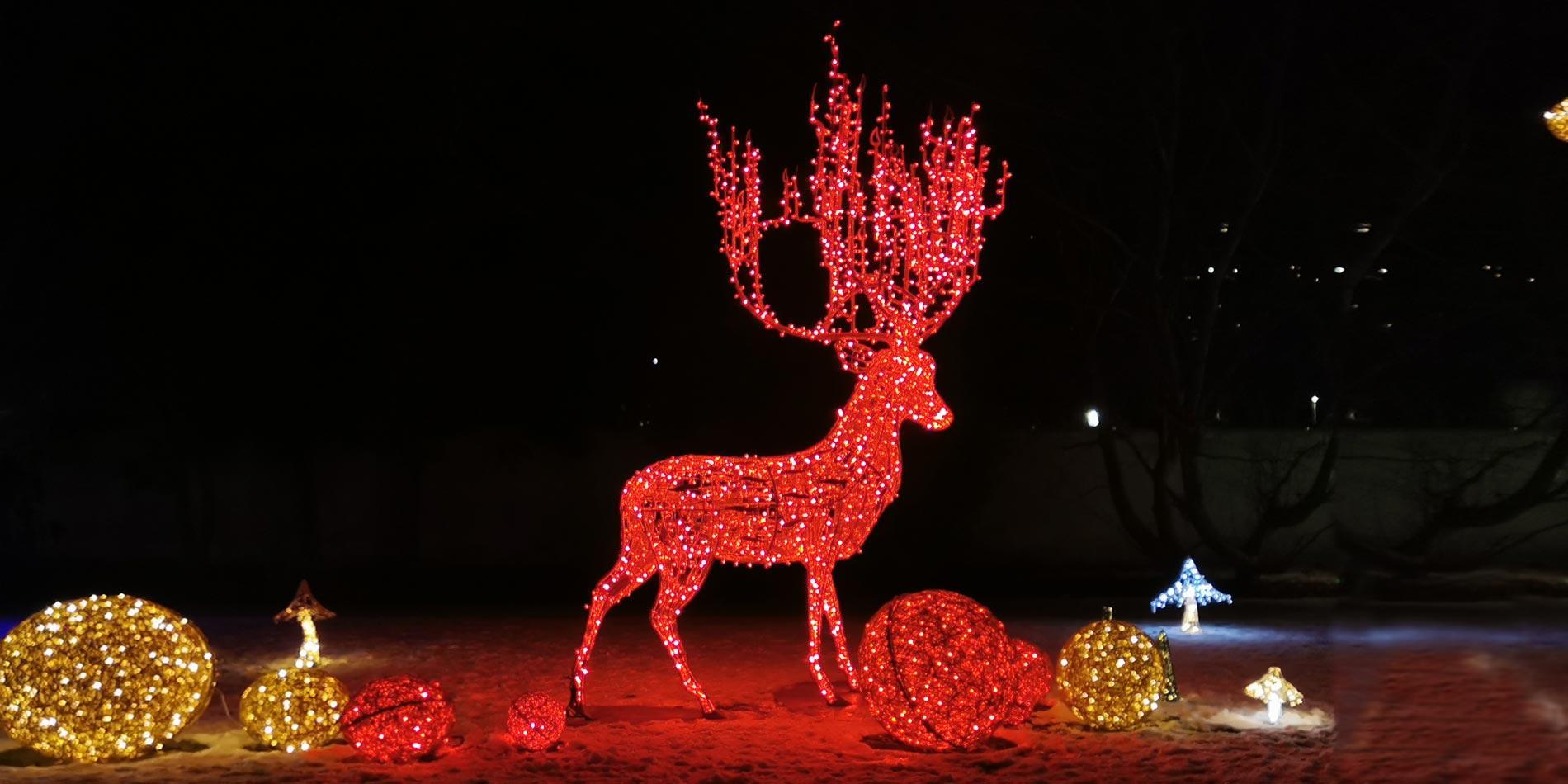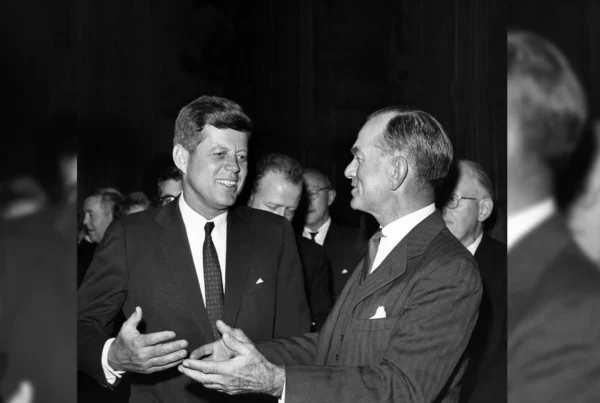During the holiday season LUMAGICA’s magical light display transformed Innsbruck’s historic Hofgarten. The Imperial Gardens’ 600-year history was incorporated into many of the luminous installations. Thousands came to see the exhibition.
Diana Mautner Markhof, 22 December 2022
Winter in Austria’s Tyrolean Alps is famous for skiing, après ski and Gemütlichkeit (cozy atmosphere). But there is another magical attraction which many do not know about – LUMAGICA. This travelling marvel of light set up its luminous attractions at the Hofgarten (Imperial Gardens) in Innsbruck from 18 November 2022 to 29 January 2023, the thrid consecutive year this event took place. Many thousands have already come to see the magical light creations at Innsbruck’s Imperial Gardens. LUMAGICA travels around the globe with its light installations. Some key destinations include Warsaw, Trondheim, Barcelona, St. Albans, Bergen and Frohnleiten.
In Innsbruck, over 300 light installations representing glowing mythical and natural creatures and interactive light installations turned this historic location into a winter wonderland. The circular trail around the park was approximately one kilometer long and featured light shows inspired by distant lands and local wildlife attractions. Life-sized light representations of mammoth, puma, deer, lion and polar bear, as well as a peacock, phoenix and a marvelous chariot, lined the walkway along with trees and other objects glowing with lights. Abstract video projections with musical accompaniment added to the enchantment of the viewers. All in all, this marvelous exhibition is delightful, whimsical and magical, transporting the visitor into another world.
The Hofgarten (Imperial Gardens) has a 600-year history which is reflected in the LUMAGICA exhibition. The garden is a 10-hectare (100 000 m2) park opposite the former Imperial Palace in Innsbruck, the capital city of the Austrian western province of Tyrol. The earliest mention of these gardens dates back to 1396, when they were used to grow fruits and vegetables. In 1410, Duke Frederic IV of Austria created these gardens near the Hofgarten. Many fruits and vegetable were farmed in this so-called “kitchen garden”. The Ruhelust Castle in Innsbruck also dates back to this time period.
During the Renaissance, Archduke Ferdinand II of Austria turned this garden into the Gartenanlage Ruhelust or pleasure garden in 1649. Italian pleasure gardens served as a model for his pleasure garden which included aviaries, a lion house, a deer garden, and a pheasant garden where as many as 3 000 pheasants are said to have lived. As of 1649 the garden was divided into six sections: a racecourse, a maze, a chamber and courtyard, an animal park, a ball court, and a pheasant garden. LUMAGICA has taken its inspiration from this historic garden and has remodeled this sectorial division.
Back in the 17th century the Hofgarten was the private playground for the ruling nobility, imperial dukes, princes and members of the imperial court. During the reign of the famous Empress Maria Theresa of Habsburg-Lothringen who ruled the Austro-Hungarian Empire from 1717 to 1780, the Hofgarten was redesigned to suit the Baroque taste of the time. From 1755-1763 the garden was redesigned to include a zoo.
The design of the current garden goes back to its final major facelift in the years 1857-1858 when the park was converted into an English landscape garden. Some Baroque elements were retained including the garden’s path and axis structure, the music pavilion, the water basin and the park’s garden walls.
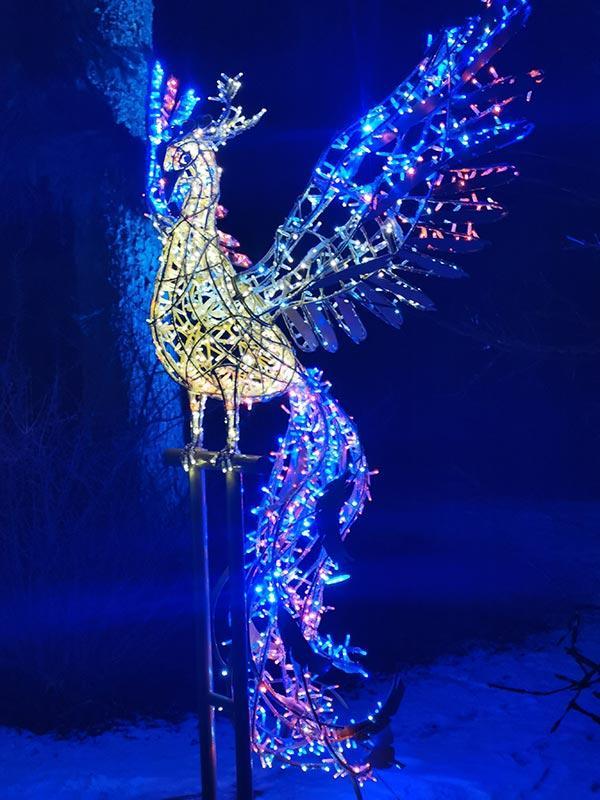
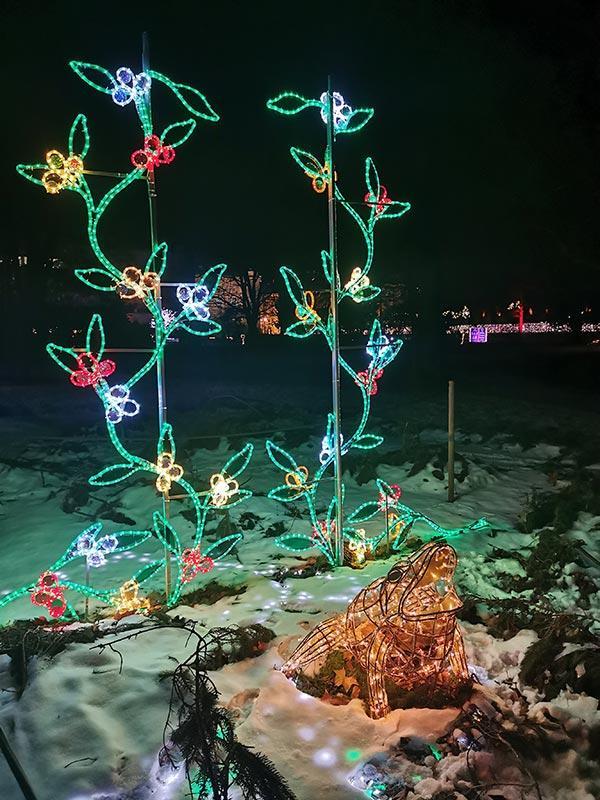
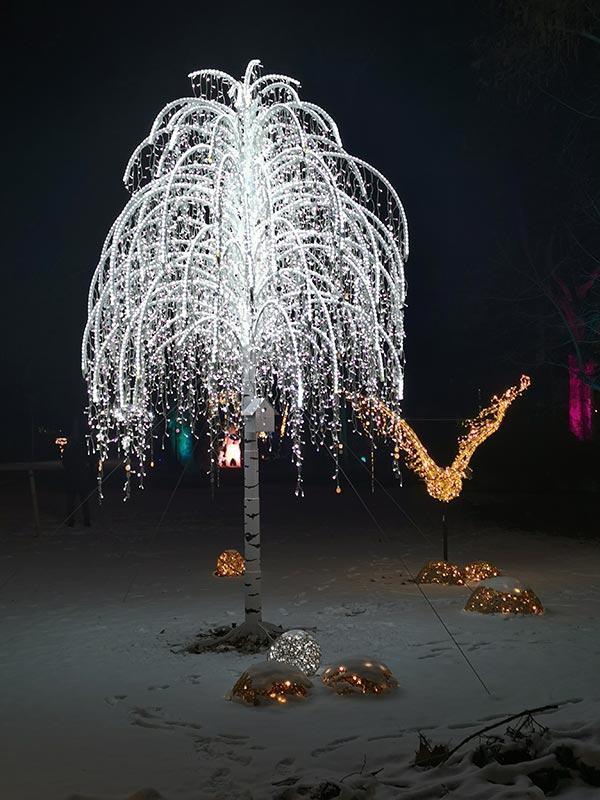
As of 1918 the new owner of the garden, the Republic of Austria, administered the grounds through the Austrian Federal Gardens and the Federal Building Construction Departments. The Imperial Gardens have been under a historic preservation order since 2001.
Today, the Imperial Gardens are open to the public 365 days a year. It is the most popular park in Innsbruck. The historic garden has since added a number of modern elements: energy-enhancing locations and an Energy Stone, donated by the World Feng Shui Association in 2000; a Ball Court Garden (or playground); and the Leonardo Ring© are examples of the development of the garden since World War I.
The playground is a re-creation of an historic section originally designed by Archduke Ferdinand II and his brother Maximilian (Emperor Maximilian II). The Leonardo Ring took its inspiration from a sketch of the all-round Renaissance genius Leonardo da Vinci and was designed by circus artist Walter Moshammer. It consists of a ring of 48 wooden co-joined parts which are connected without the use of screws, dowels or nails. The Ring, with a diameter of 3.5 meters, can roll along the surface of the park without any noticeable resistance.
The inspiration for the new Kitchen and Ornamental Gardens is taken from the historic 15th century kitchen garden of Duke Frederick IV. Today the general public can grow their own fruits, vegetable and herbs in these gardens. Currently 100 private gardening patches are being tended to by private individuals.
The Babylonian Pyramid of Cards and the Magical Tree of Peace rounds out the modern features of the Imperial Gardens. The Babylonian Cards consists of 31 huge playing cards stacked into a five-meter-high pyramid. The Magical Tree of Peace disperses water droplets into a rainbow when sun hits the surface. It signifies peace.
LUMAGICA uniquely brings the garden’s history to life. It contains many unique creations such as: the mammoth, a homage to the ice age which occurred in Tyrol with the “Inn Glacier” spanning from the Swiss Engadin to the Bavarian foothills some 20 000 years ago; the frog installation which is a take on the gift of a live-cast frog to the Archduke Ferdinand II and the Hofgarten Frog Prince Fountain; and the many luminous deer figures on the snowy grounds depicting local wildlife including the 23 deer which according to historical sources lived on the grounds of the Imperial Gardens in 1596.
This magical winter wonderland offers a welcome attraction for many Tiroleans and visitors.


